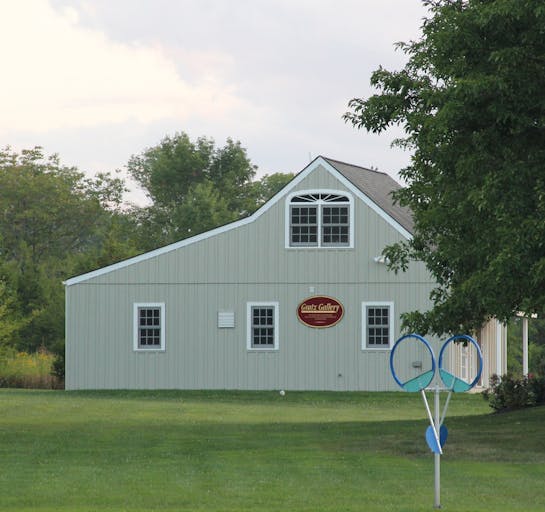Arshile Gorky
1904 - 1948

Arshile Gorky
1904 - 1948
Living a life dominated by tragedy and despair, Arshile Gorky nevertheless became one of the most important abstract 20th-century artists. The art critic Harold Rosenberg wrote that Gorky was "an artist in exile for whom art became a homeland". (Baigell 139)
Born Vosdanig Manoog Adoian in Turkish Armenia, Arshile Gorky had a happy childhood in his small village but became an Armenian refugee during World War I. He escaped the Turkish slaughter but became a refugee in Russia with his mother and younger sister. The mother died of starvation in his arms. The next year, 1920, he and his sister, Vartoosh, came to the United States to Watertown, Massachusetts and joined their older sisters who had escaped earlier.
He enrolled at the Rhode Island School of Design and then taught at the New School of Design in Boston. In 1925, settled in Greenwich Village, he changed his name from Vosdanig Manoog Adoian to Arshille Gorky because he thought it more appropriate for a painter. The name Gorky he took from the Russian writer with that name, which means "bitter one" in Russian. He added Arshile, likely after the mythical Achilles.
From 1925 to 1931, Gorky taught at the Grand Central School of Art and associated with many of the avant-garde artists of that time including Stuart Davis. However, that friendship ended when Davis became involved with the leftist Artist Union. Gorky felt that politics had no place in art. Admiring Picasso, he adopted the style of Cubism beginning 1927. He worked as a WPA muralist, painting a controversial mural with cubist forms at Newark, New Jersey airport. In 1939, he did a mural for the Aviation Building at the New York World's Fair.
The exhibition part of Gorky's career began in 1930 with a show at the Museum of Modern Art titled "Forty-six Painters Under Thirty Five". After 1944, he exhibited at the Julian Levy Gallery, and surrealism was by then apparent in his work.
He married in 1941, which brought him the most stable existence he had after much poverty and neglect. He spent much time in Virginia and Connecticut, enjoying the countryside, and he did paintings in a surrealist-influenced style, which he found liberating and uniquely his own. The work of what is considered his mature period is abstract with "extraordinary freedom in its washes and bursts of color" and forms "encoded with erotic symbolism". (Zellman 913).
But tragedy struck again including a studio fire, divorce, cancer, and a disabling auto accident. In 1948 at age forty-three, he committed suicide.
Source: Askart.com
